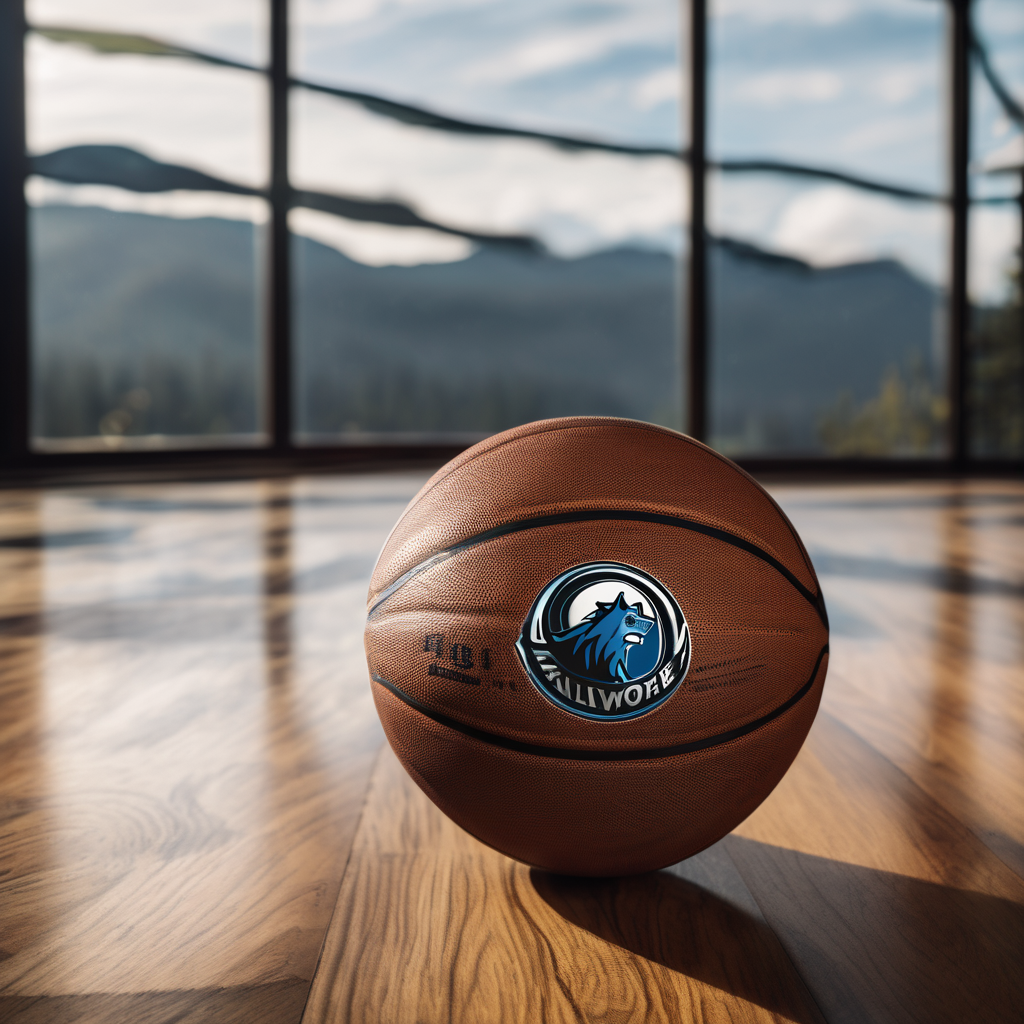The Minnesota Timberwolves have embarked on a tumultuous season that has already presented its share of challenges. Just ahead of the season opener, Donte DiVincenzo joined the starting lineup, replacing veteran Mike Conley. Meanwhile, Anthony Edwards faced setbacks, missing five games due to a hamstring strain. Additionally, the team’s defensive consistency has been put to the test, particularly during the minutes when Rudy Gobert takes a breather.
Despite these hurdles, the Timberwolves have managed to secure a commendable 7-4 record, including an impressive five wins in their last six outings. This recent success can largely be attributed to their offensive prowess, which currently ranks as the fourth-best in the league, trailing only the Houston Rockets, Denver Nuggets, and New York Knicks.
At the forefront of the Timberwolves’ offensive surge is Julius Randle, who is experiencing a career year. Now averaging 25.4 points and 6.2 assists per game with an effective field goal percentage of 60.1, Randle’s performance has been nothing short of remarkable. His excellence in isolation plays has been a game-changer for the Timberwolves; he leads the NBA in points per possession on isolation plays, allowing the team to score an impressive 1.37 points per play from these situations.
Randle’s unique blend of strength, agility, and shooting ability makes him a nightmare for defenders in isolation scenarios. Larger defenders struggle to keep up with his speed, while smaller ones find it challenging to deal with his physicality. Randle adeptly creates separation to capitalize on these mismatches, enabling him to score efficiently at both the rim and from mid-range.
The Timberwolves have also benefited from Randle’s collaboration with DiVincenzo during isolation plays. DiVincenzo’s ability to shoot the ball effectively means that any attention directed toward Randle could open opportunities for him. This dynamic has proven critical in high-pressure moments when the Timberwolves require clutch scoring, addressing previous issues they faced in close games.
Moreover, while some might worry that relying heavily on isolation plays could disrupt ball movement, Timberwolves coach Chris Finch has emphasized finding a balance between structured offensive flow and effective isolation strategies. Learning from recent games, Finch has noted that isolation plays can be part of their offensive arsenal while still maintaining the overall context of the game.
As Minnesota’s defense begins to show signs of improvement, albeit against less formidable opponents, it remains clear that the Timberwolves’ aspirations for contention hinge on their offensive capabilities. Randle’s emergence as a key player, especially in the absence of Edwards, positions the Timberwolves to maintain their offensive firepower, aiming for a top-five ranking as they pursue their championship goals.
Randle’s trajectory of growth is notable, having previously won the Most Improved Player award and earning All-Star and All-NBA accolades. His evolution continues, and his capacity to function as a secondary creator alongside Edwards will be pivotal for Minnesota’s success in the long run. As the season unfolds, the Timberwolves look poised for exciting developments, fueled by Randle’s remarkable performances and a renewed offensive strategy that gives fans plenty to cheer about.
